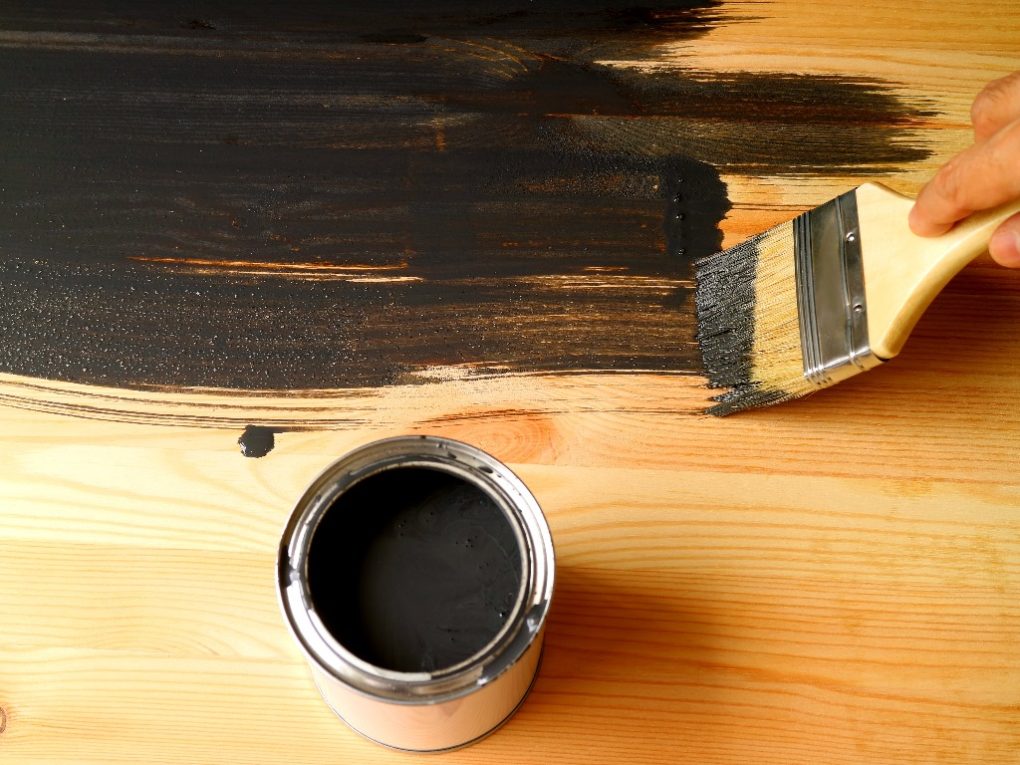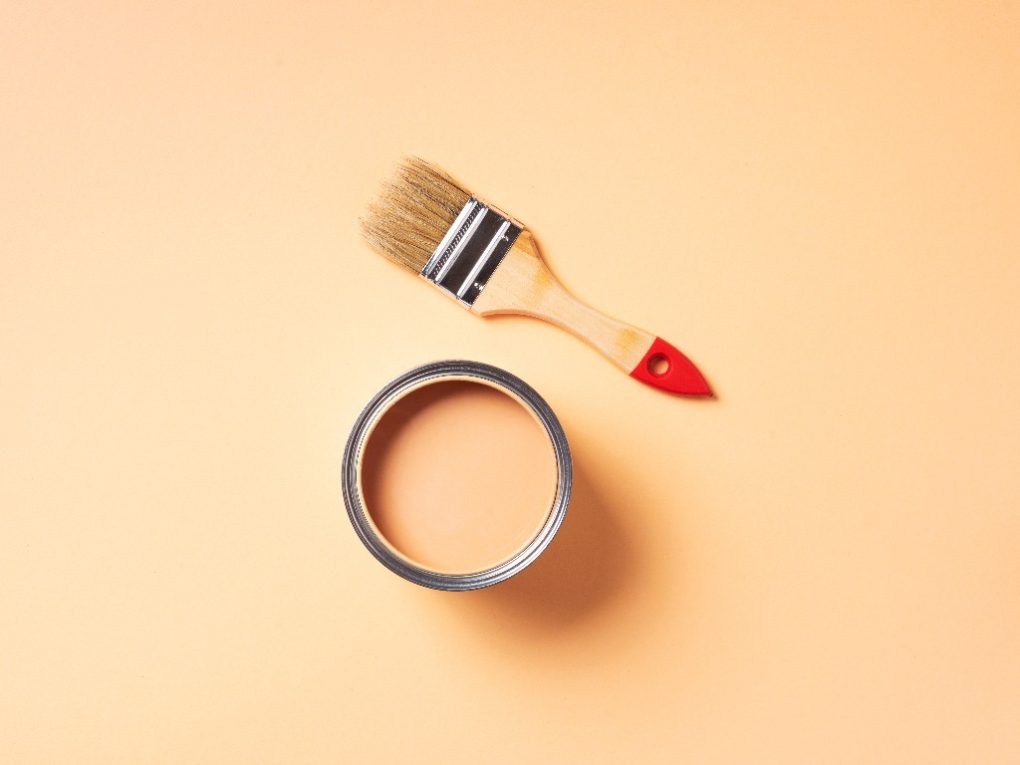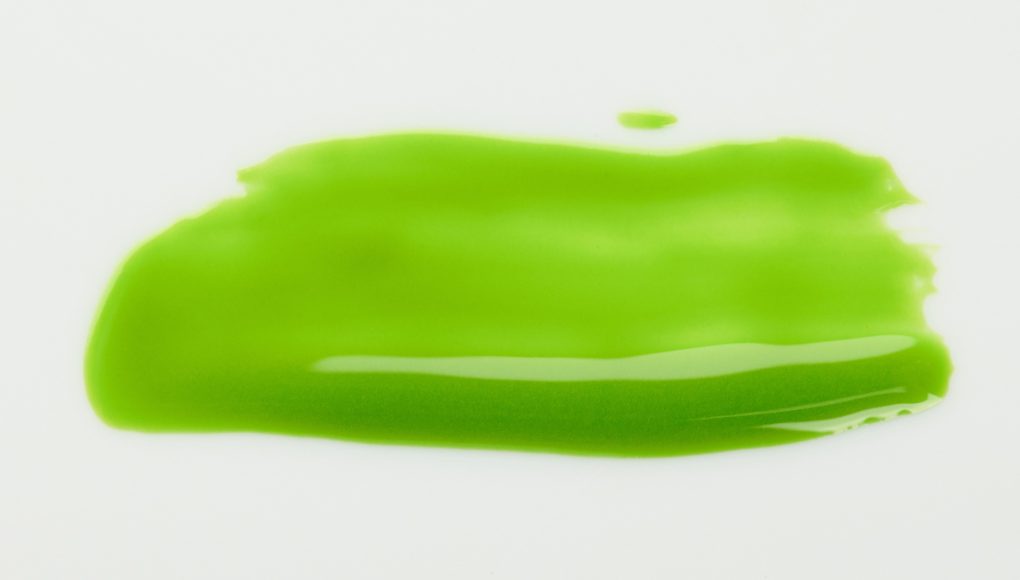What Paint Colors Hide Imperfections: Tips and Tricks in Hiding Wall Surface Problems
Darker colors like grey, tan, or terra cotta can help mask flaws and create a more cohesive look. On the other hand, lighter colors highlight imperfections and may require more upkeep to maintain a flawless appearance.


Choosing a color that complements the space and achieves the desired aesthetic while minimizing any visible imperfections is important. Flat or matte finishes are often recommended for hiding imperfections because they absorb light and minimize the appearance of bumps or dents.
These finishes have a non-reflective surface that can help even out slight imperfections on the walls or furniture. However, it’s important to note that flat paint is less durable than other finishes and may require more maintenance over time.
Choosing Paint Colors That Hide Imperfections
Choosing the right paint color can make all the difference when hiding imperfections on your walls. Here are some tips on which colors to choose and which to avoid.
Colors That Camouflage Imperfections
When hiding imperfections, darker colors tend to be more forgiving. Deep shades of gray, brown, and blue can help to mask bumps and dents on your walls. Some specific colors that work well for hiding imperfections include:
- Charcoal Gray
- Chocolate Brown
- Navy Blue
- Forest Green
Darker paint colors have a higher light absorption level than lighter colors. When light hits a dark-colored wall, it gets absorbed rather than reflected, which can help to minimize the appearance of imperfections. On the other hand, lighter colors tend to reflect more light, making imperfections more noticeable.
Also, darker paint colors can create a visual distraction from wall imperfections by drawing the eye elsewhere. The contrast between the dark paint color and the imperfections can make the imperfections less conspicuous, as the eye is naturally drawn to areas with higher color contrast.
Darker paint colors can create an illusion of depth on the wall, which can help to hide surface irregularities. The shadows and highlights created by dark paint colors can make the wall look textured, making imperfections less noticeable.
Furthermore, darker paint colors can act as camouflage, effectively blending in with the surrounding environment and concealing wall imperfections. The imperfections can blend into the dark color, making them less visible to the naked eye.
Darker paint colors can also reduce the amount of reflection on the wall, which can help to minimize the appearance of imperfections. For example, reflections can make surface irregularities more noticeable, and darker paint colors can reduce the amount of light bouncing off the wall, thereby reducing reflections.
Colors That Accentuate Imperfections
While darker colors can help hide imperfections, lighter colors can make them more noticeable. Lighter colors reflect more light, highlighting bumps and dents on your walls. Some specific colors to avoid if you’re trying to hide imperfections include:
- White
- Beige
- Pale Yellow
- Light Pink


When choosing the right paint color to hide imperfections, it’s important to remember that every wall is different. The lighting in your room, the texture of your walls, and the type of paint you use can all affect how well imperfections are hidden. So it’s always a good idea to test a small wall area with your chosen paint color before painting the entire room.
Paint Finishes That Hide Imperfections
Matte
Matte finish is a popular choice for hiding imperfections because it has a non-reflective surface that helps to minimize the appearance of bumps and cracks on walls. It is also a great choice for walls with uneven textures or surfaces.
Matte paints reflect light in many directions, which diffuses the light and helps to minimize the visibility of imperfections. Unlike glossy or semi-gloss paints that reflect light directly, matte paints scatter light, making them less likely to highlight surface irregularities.
Matte paints typically have a higher concentration of pigments than other paint finishes. These pigments help to mask wall imperfections by providing better coverage and hiding unevenness or discoloration on the surface.
However, it’s important to note that while matte paints can help to minimize the appearance of wall imperfections, they may not completely hide severe or extensive damage. Therefore, proper wall preparation, including patching and sanding, is still necessary to achieve the best results.
It is best to test the paint in a small area and assess the results before applying it to the entire wall. Also, remember that a matte finish is less durable than others and may not be the best choice for high-traffic areas or rooms frequently exposed to moisture or humidity.
Eggshell
Eggshell finish paints have a slight sheen between matte and semi-gloss paints. They offer some benefits in hiding wall imperfections due to their unique characteristics. Eggshell paints have a moderate sheen that reflects light subtly. This can minimize the appearance of minor wall imperfections by diffusing light and reducing the visibility of surface irregularities.


This type of paint generally has a smoother finish than matte paints, which can help hide small bumps, dents, or other minor imperfections on the wall. The smoother surface allows for easier cleaning and maintenance as well.
Eggshell finishes are more durable than matte paints, making them resistant to wear and tear. This means they are less likely to show marks or scuffs caused by everyday use, which can help conceal imperfections on the wall over time.
Eggshell paints also tend to have better moisture resistance than matte paints, which can benefit areas with higher humidity or moisture, such as bathrooms or kitchens. This can help prevent water damage and potential imperfections from moisture exposure.
Eggshell finishes are known for their versatility, balancing a subtle sheen and smoothness. This makes them suitable for various wall surfaces, including drywall, plaster, and wood, which can help hide different imperfections.
